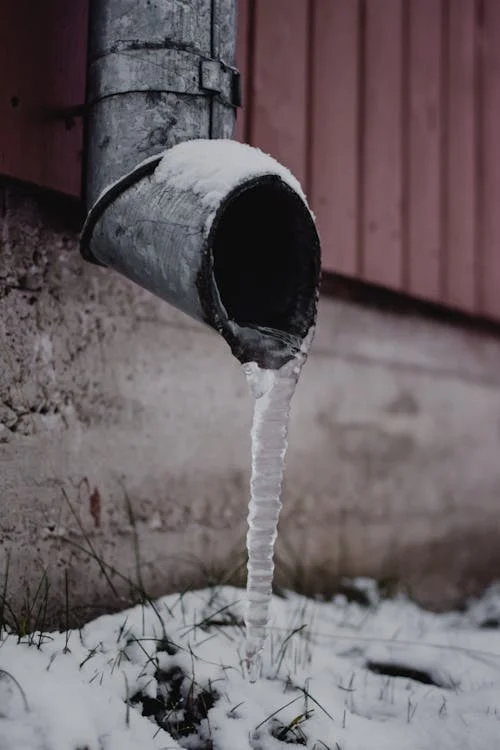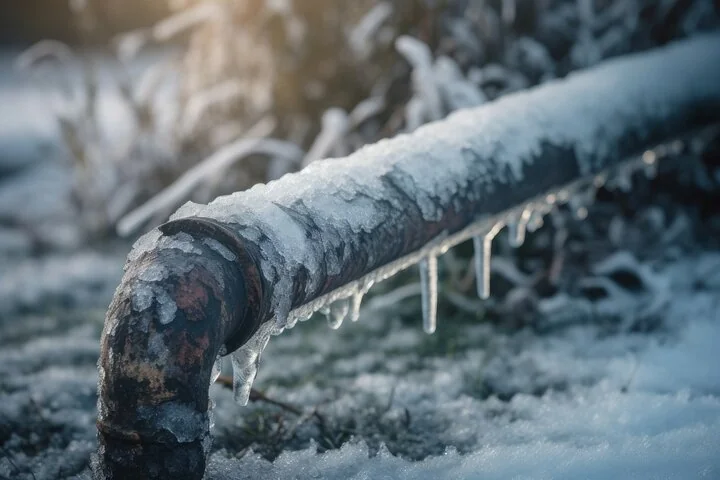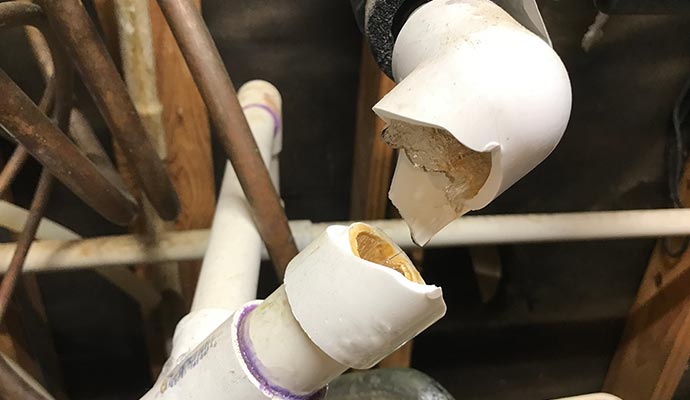Emergency Burst Pipe Services: Fast Response to Avoid Extensive Damage
Emergency Burst Pipe Services: Fast Response to Avoid Extensive Damage
Blog Article
Protecting Against Ruptured Pipes: Essential Tips to Shield Your Plumbing
Protecting against ruptured pipes is an essential worry for property owners, particularly throughout colder months when the threat of freezing is heightened. Carrying out calculated steps such as proper insulation, regular assessments, and maintaining regular indoor temperature levels can considerably decrease the probability of pipeline failure.
Understand Pipe Vulnerabilities
Understanding pipeline susceptabilities is necessary for reliable plumbing maintenance and protecting against costly damages. Numerous factors add to the susceptibility of pipelines to ruptureds, consisting of product structure, age, and environmental problems. Older pipelines, particularly those made from galvanized steel or polybutylene, frequently weaken gradually, leading to enhanced threat of leakages and ruptures.
Temperature fluctuations can likewise significantly effect pipeline honesty. In cooler climates, water caught in pipelines can freeze, applying and expanding pressure on the pipeline wall surfaces, which might ultimately cause a burst. High water stress can stress pipelines, specifically at joints and bends, enhancing the possibility of failing.

Insulate Water Lines Effectively
Correct insulation of pipes is critical for avoiding freezing and succeeding bursts during chilly weather condition (burst pipe). Shielding your pipes system efficiently safeguards against temperature goes down that can lead to expensive damage. Begin by determining prone areas where pipes are exposed to outdoor temperature levels, such as cellars, attics, and exterior walls
Usage foam pipe insulation sleeves or wrap insulation tape around these areas to offer a safety obstacle. Make sure that all sections of the pipes, particularly those with limited warmth direct exposure, obtain adequate insulation. Pay unique focus to installations and joints, as these are more susceptible to freezing.
When shielding, it's crucial to choose materials that fulfill regional building ordinance and are appropriate for the specific setting. Fiberglass insulation is often recommended for its thermal resistance homes. In addition, take into consideration making use of warm cables or tape in severe conditions, which can be plugged in to give extra heat
Regularly evaluate protected pipes for any kind of signs of wear or damages, as endangered insulation can diminish its effectiveness. By taking these proactive measures, you considerably decrease the danger of pipeline ruptureds, guaranteeing a reliable plumbing system throughout the winter season.
Maintain Regular Temperature
A steady interior temperature level is vital for preventing burst pipelines during the frigid months. When temperature levels decline, water within pipelines can ice up, developing and increasing pressure that may ultimately trigger the pipelines to ruptured. To alleviate this risk, home owners must maintain a regular temperature throughout their home, ideally no lower than 55 ° F(13 ° C)Utilizing a programmable thermostat can help manage interior temperature levels successfully, making sure that spaces with plumbing stay cozy even when the house is empty. Pay unique interest to areas that are extra vulnerable to cool, such as basements, attic rooms, and garages. Maintaining cabinet doors open under sinks can likewise permit warmer air from the home to distribute around plumbing.
In addition, it is prudent to allow faucets to drip somewhat during extreme cool spells. This small circulation of water can protect against cold by easing stress within the pipelines. Furthermore, throughout particularly severe weather occasions, take into consideration temporarily putting on hold any type of nighttime problems on your thermostat to keep a consistent cozy atmosphere. By applying these techniques, property owners can substantially decrease the risk of pipeline ruptureds and guard their pipes systems versus the rough winter elements.
On A Regular Basis Examine Pipes
Normal inspections of plumbing systems are crucial for preventing ruptured pipes and keeping overall home stability. Regular checks allow house owners to identify possible issues before they intensify into expensive repair work or major water damages. During these examinations, it is necessary to take a look at noticeable pipes for indications of rust, leakages, or put on. Pay unique attention to areas vulnerable to cold, such as cellars, attics, and outside wall surfaces.
Additionally, inspecting joints and connections is essential, as these points are frequently prone to leakages. Home owners ought to likewise assess water pressure levels, as excessive pressure can strain the pipes system and enhance the threat of pipeline bursts.
Think about scheduling professional pipes evaluations at the very this post least once a year, especially prior to winter months, to ensure your system is prepared for cooler temperatures. By being aggressive in your strategy, you can secure your home against the pricey and disruptive consequences of ruptured pipes.
Know Emergency Situation Procedures
Comprehending emergency treatments is important for every homeowner, particularly after conducting regular plumbing assessments. Being planned for a pipes emergency can dramatically mitigate damages and save costs. Find your primary water shut-off shutoff; it is commonly discovered near the water meter or where the major line enters your home. Familiarize yourself with its procedure, as turning off the water system quickly can protect against extensive flooding.
Next, maintain important devices handy. A plumbing emergency situation set ought to consist of a wrench, plunger, and towels, in addition to a flashlight and a pail for tiny leaks. Furthermore, think about having the call details for Resources a relied on plumber easily offered, needs to the circumstance intensify past your control.
If you detect a leak or burst pipe, quickly shut off the supply of water and inform your plumber. Document the damages with pictures for insurance coverage purposes. Recognize the signs of prospective pipes issues, such as uncommon water stress fluctuations or damp areas on walls
Inevitably, positive understanding and speedy activity are critical in managing pipes emergencies, guaranteeing your home remains safeguarded and lessening potential damages.

Conclusion
To conclude, stopping ruptured pipes requires a multifaceted method that includes understanding pipe susceptabilities, proper insulation, preserving regular indoor temperature levels, routine assessments, and understanding of emergency situation procedures. By carrying out these essential approaches, the risk of pipes failures can be considerably lowered, thus making certain the durability and performance of the plumbing system. Proactive measures not just safeguard versus prospective damage but likewise add to total water preservation and the defense of residential or commercial property.
In cooler climates, water entraped in pipes can ice up, putting in and expanding stress on the pipeline wall surfaces, which may inevitably lead to a burst. When temperatures drop, water within pipelines can ice up, developing reference and expanding stress that may inevitably trigger the pipelines to ruptured. By implementing these methods, home owners can dramatically reduce the threat of pipe bursts and secure their plumbing systems against the harsh winter months elements.

Report this page